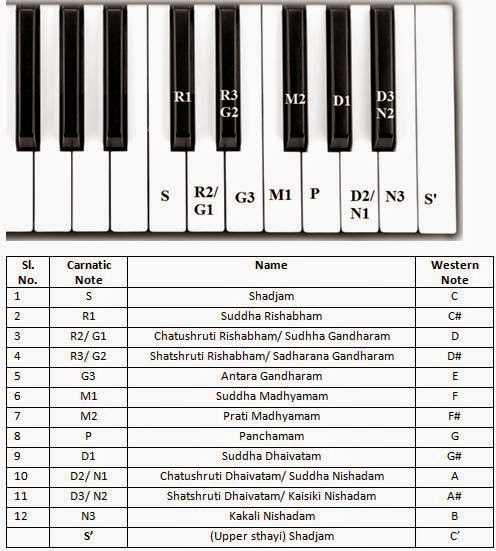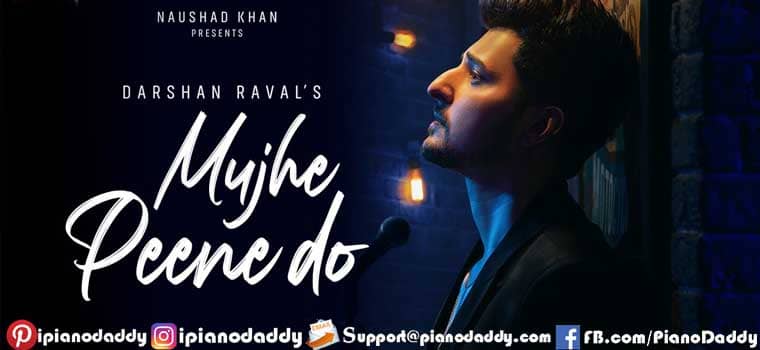
The Rigveda embeds the musical meter too, without the kind of elaboration found in the Samaveda. This structure is, however, not unique or limited to Samaveda. The hymns of Samaveda contain melodic content, form, rhythm and metric organization.
#CARNATIC MUSIC THEORY PDF CODE#
The code in the form of swaras have even the notation of which note to be sung high and which one low. The lyrical part of the song is called "sahityam" and sahityam is just like singing the swaras altogether but using the lyrics of the song. The specific code of a song clearly tells us what combination of swaras are present in a specific song. The swaras have about 12 different forms and different combinations of these swaras are made to sit under the names of different ragas. The text is written with embedded coding, where swaras (octave notes) are either shown above or within the text, or the verse is written into parvans (knot or member) in simple words, this embedded code of swaras is like the skeleton of the song. One part is based on the musical meter, another by the aim of the rituals. The Samaveda is organized into two formats. 1000 BCE) are structured entirely to melodic themes, it is sections of Rigveda set to music.


Some of the ancient texts of Hinduism such as the Samaveda (c. 500 BCE), since he includes these terms in his nirukta studies, one of the six Vedanga of ancient Indian tradition. This likely occurred before the time of Yāska (c. As these fields developed, sangeeta became a distinct genre of art, in a form equivalent to contemporary music. The earliest Indian thought combined three arts, syllabic recital ( vadya), melos ( gita) and dance ( nrtta). The root of music in ancient India are found in the Vedic literature of Hinduism. In Indian classical music the space between the notes is often more important than the notes themselves, and it traditionally eschews Western classical concepts such as harmony, counterpoint, chords, or modulation. The raga gives an artist a palette to build the melody from sounds, while the tala provides them with a creative framework for rhythmic improvisation using time. The raga, based on a varied repertoire of swara (notes including microtones), forms the fabric of a deeply intricate melodic structure, while the tala measures the time cycle. Indian classical music has two foundational elements, raga and tala. The 13th century Sanskrit text Sangeeta-Ratnakara of Sarangadeva is regarded as the definitive text by both the Hindustani music and the Carnatic music traditions. The roots of the classical music of India are found in the Vedic literature of Hinduism and the ancient Natyashastra, the classic Sanskrit text on performing arts by Bharata Muni. However, the two systems continue to have more common features than differences. Hindustani music emphasizes improvisation and exploration of all aspects of a raga, while Carnatic performances tend to be short composition-based. During the period of Mughal rule of the Indian subcontinent, the traditions separated and evolved into distinct forms. These traditions were not distinct until about the 15th century. It has two major traditions: the North Indian classical music known as Hindustani and the South Indian expression known as Carnatic. Indian classical music is the classical music of the Indian subcontinent. 7 are usually taught to the students.A woman playing the Tanpura, c. They increase the student's overall of notes.Īlankarams ( A-lan-ka-rəms) focus on the 35 thalams. The second one and on contain some janta.ĭhatu varisai ( Dha-tə va-ri-sei) focuses on jumping from note to note. They progressively cover up to Ma in the lower octave. Each new one adds new phrases to the previous. Mandhra sthayi varisai ( Man-dhra stha-yi va-ri-sei) focuses on the lower octave. The second one and on contain some janta. They progressively cover up to Pa in the higher octave. The second focuses on high Ri, and so on. Melsthayi varisai ( Meil-stha-yi va-ri-sei) focuses on the higher octave.

The first one is an ascent and descent of the middle octave. Janta varisai ( Jan-ta va-ri-sei), also called jantai varisai ( Jan-tei va-ri-sei) focuses on notes being sung twice in a row. The second one focuses on Ri (second note from Sa in accent) and Ni (second note from Sa in descent). Sarali varisai ( Sa-ra-li va-ri-sei) is the first set of exercises. Carnatic music is a type of classical Indian music, usually sung.


 0 kommentar(er)
0 kommentar(er)
